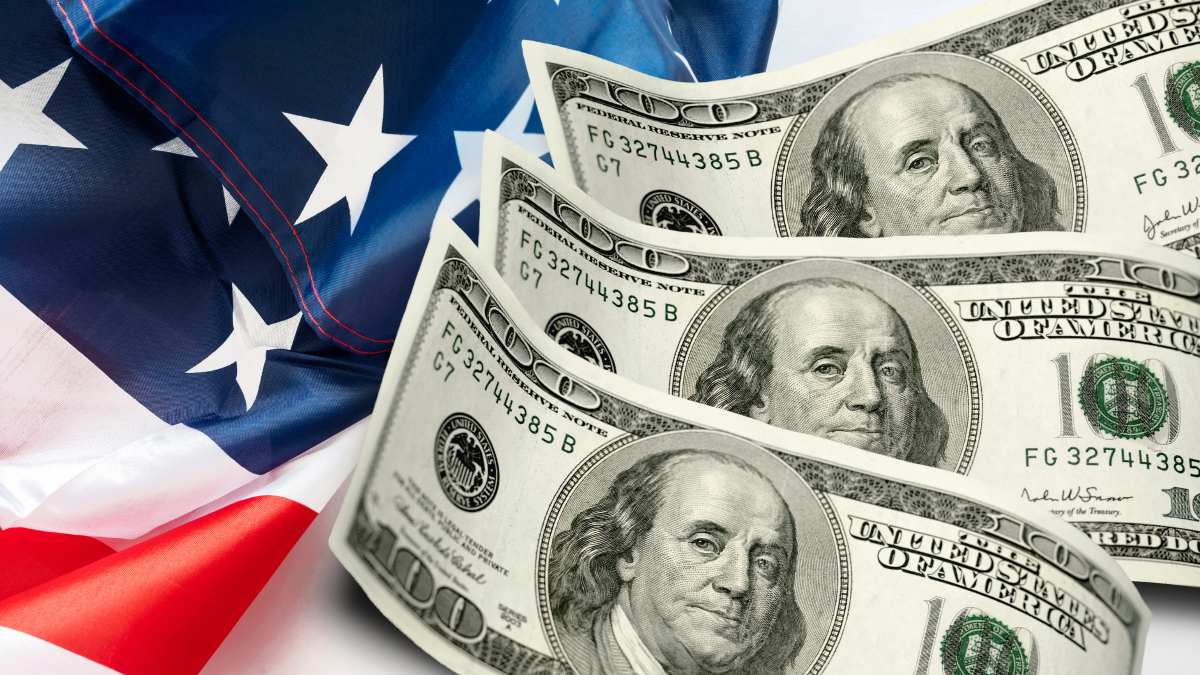Alaska’s Permanent Fund Dividend (PFD), a one-time annual payment financed by the state’s oil revenues, has generated intense legislative debate over the amount to be given to permanent Alaskan residents, with certain requirements they must comply with.
Starting in April 2025, residents would receive an amount of $1,702, made up of $298.17 allocated to energy expenses and $1,403.83 given as a direct payment. This amount represents a 30% increase compared to 2024, which has revived concerns about the fund’s long-term sustainability.
The 2025 stimulus check PFD amount: How to be eligible?
To qualify, residents must meet specific requirements: continuous residence in Alaska for the past year, physical presence for at least 72 hours in the past two years, and no felony convictions in the past year. Those who applied by March 31, 2024 will receive payment on April 17, 2025. Those who did not apply can still claim previous payments under the “Eligible-Not Paid” status.
The PFD, established in 1976, faces pressure from falling oil revenues and demands for educational funding. Projections indicate that, without changes, the dividend could fall below $1,000 in 2025. Three options are being discussed in the legislature: withdraw emergency funds (CBR), extract more resources from the permanent fund, or increase taxes on oil companies.
The first option requires approval by two-thirds of Congress, an obstacle given the political division. The second, although viable with a simple majority, threatens the state’s credit rating. The third proposal includes Senate Bills 92 and 112, which seek to generate $340 million annually through tax adjustments to companies like Hilcorp. However, Gov. Mike Dunleavy has vowed to veto any tax hike. The final amount of the stimulus checks that will be sent to Alaskan households has yet to be defined.
Americans from other states should claim a $1,400 check NOW
While what should be done with the PFD stimulus checks is debated, thousands of Americans across the country (not just Alaska, but they are included) can still claim up to $1,400 of the third stimulus checks round approved in 2021. The IRS is keeping the window open to apply for the Recovery Refund Credit until April 15, 2025. This benefit applies even to those who did not file taxes or received income through programs such as Social Security or SSI.
Eligibility for this benefit is based on 2021 adjusted gross income (AGI): $75,000 for singles and $150,000 for couples. If these limits are exceeded, the credit amount is gradually reduced. Additionally, those with non-traditional dependents — such as college students or seniors — can receive an additional $1,400 each. To access, you need to file a tax return, even if you have no income, using free tools like IRS Free File.
The IRS has sent 1 million automatic payments since December 2023, but this only applies to those who filed taxes and skipped the credit. Those who never filed their return must act before the deadline. Community organizations offer free assistance, and the IRS site includes calculators and step-by-step guides.
There are less than two weeks left until the April 15, 2025 deadline. An estimated $2.4 billion remains unclaimed. Experts warn of system saturation near the deadline and recommend avoiding waiting until the last day. Those who send returns by mail must use certified service as proof.




